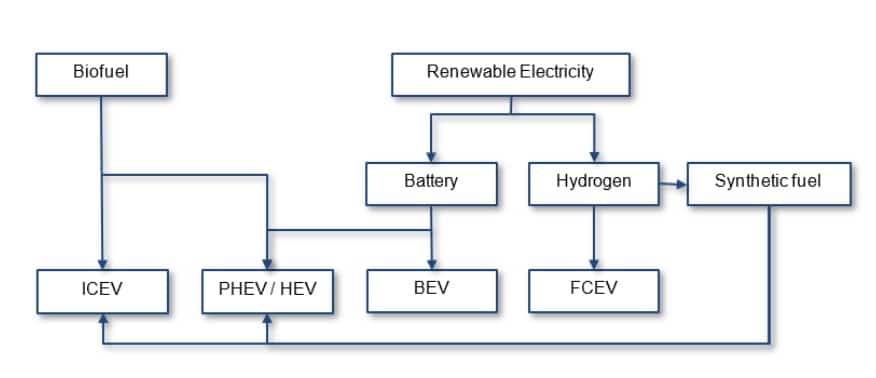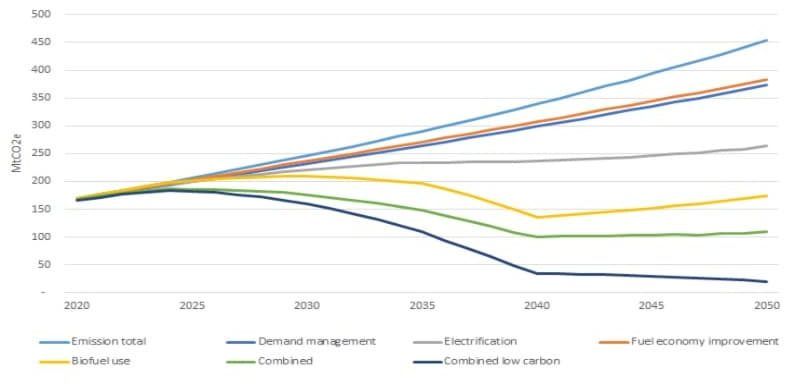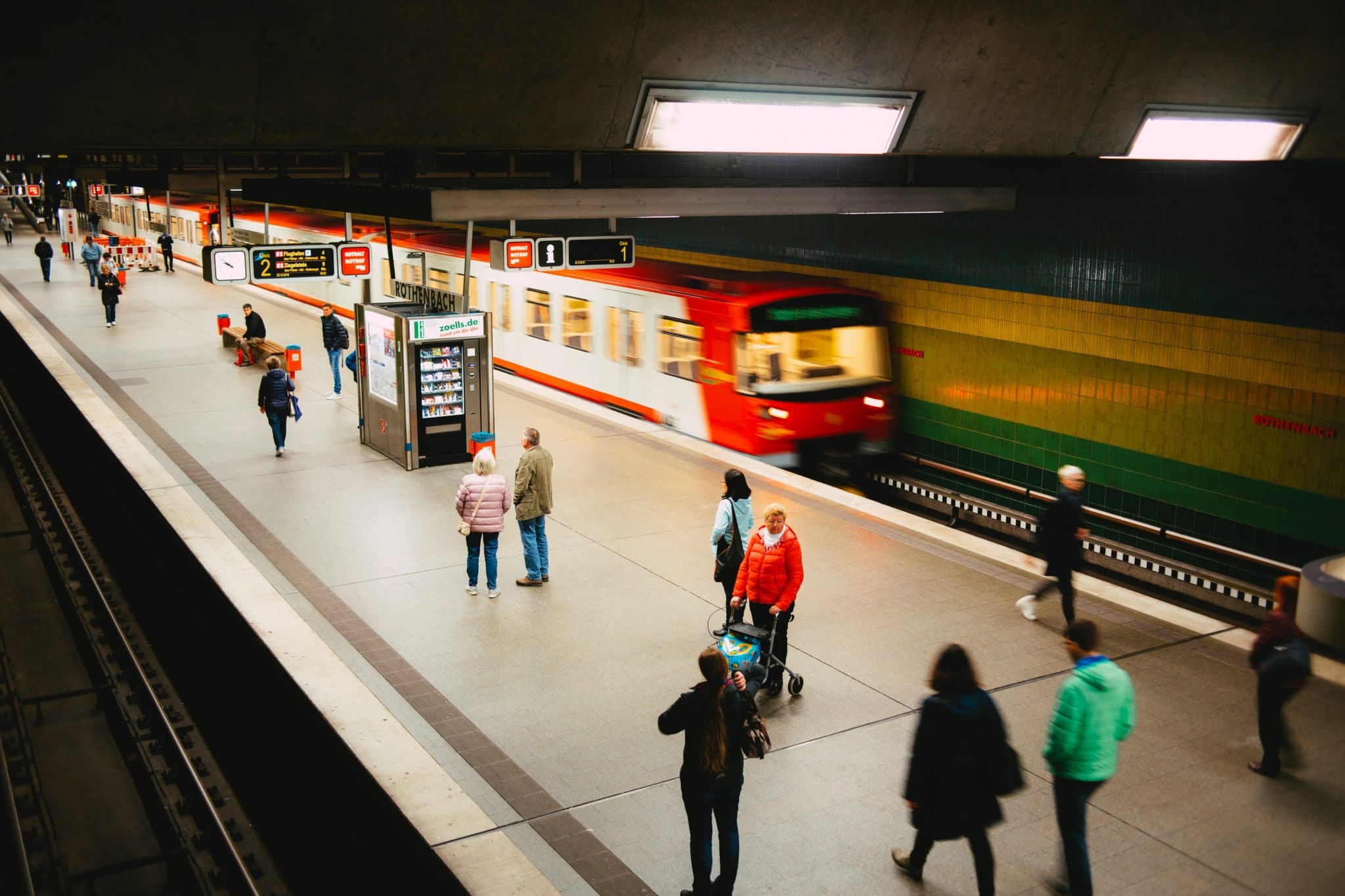The transportation sector is the largest energy user in Indonesia and contributes significantly to the increase in GHG emissions. The high dependence on oil in the transportation sector has resulted in various problems such as growing oil imports, worsening air pollution, and increasing CO2 emissions.
In line with economic growth, the demand for transportation will continue to increase which later translates into increased energy consumption. As a result, greenhouse gas emissions from the transportation sector are projected to increase by three folds and reach 500 million tonnes of CO2 equivalent by 2050, writes Julius Christian, author of the report A transition towards low carbon transport in Indonesia: a technological perspective. “Most of these emissions are associated with road transport that dominates energy consumption in the Indonesian transport sector,” says Julius.

To achieve low carbon transportation, it is necessary to increase system efficiency through the Avoid, Shift, and Improve approach. However, in order to achieve a net-zero transportation system, alternative technologies are needed. Currently, there are various alternative technology options available to lower emissions in the transportation sector.

“Each technology option has different potentials and limitations, so it is impossible to rely solely on one of them. Vehicle electrification needs to be prioritized because it provides many additional benefits, but not all modes are easy to electrify”.
The report proposes the use of different technologies for each mode of transportation. Cars, motorbikes, and city buses need to be electrified. Trucks can be electrified (low load, short-haul), fueled with biofuels or hydrogen, or switched to rail mode. The railing systems need to be electrified. Aircraft can be fueled with biofuel or synthetic fuels or switched to the fast train mode. Meanwhile, ships should be electrified or fueled with biofuels, hydrogen, or ammonia.
“If a combination of these options is implemented, GHG emissions could be close to zero by 2050 as long as the electricity used is coming from renewable energy sources and alternative fuels (e.g. biofuels) are also produced sustainably,” says Julius, noting that technology advancement will help the transportation sector to decarbonize.

The author also emphasizes that diligent and participatory planning that takes into account technological developments will be key in this transition. Planning will help prevent Indonesia from facing stranded asset risk and infrastructure problems in the future.
“The construction of a biofuel refinery, for instance, needs to anticipate the development of electric vehicles and alternative fuel technologies in the long term so that they do not become stranded assets. The biofuel plant has the potential to become a stranded asset when its development is not planned carefully,” says Julius.
“The government needs to lead a deliberate process to establish an integrated roadmap to achieve zero emissions in 2050 in the transportation sector in accordance with the Paris Agreement. This roadmap must consider several things: the arrangement must involve all stakeholders, the infrastructure development planning must be aligned with technological developments, socio-economic impacts of the transition, and mitigation plans should be assessed and prepared, research and development of alternative low-carbon transportation technologies should be conducted,” he concludes.
“In addition, low carbon transport policies must be implemented immediately and the sustainability aspects, both environmental and social, of the existing alternative technology options must also be considered.”
Read the full report:
A Transition Towards Low Carbon Transport in Indonesia: A technological perspective
Author contact: Julius Christian Adiatma (IESR Clean Fuel Specialist), julius@iesr.or.id

